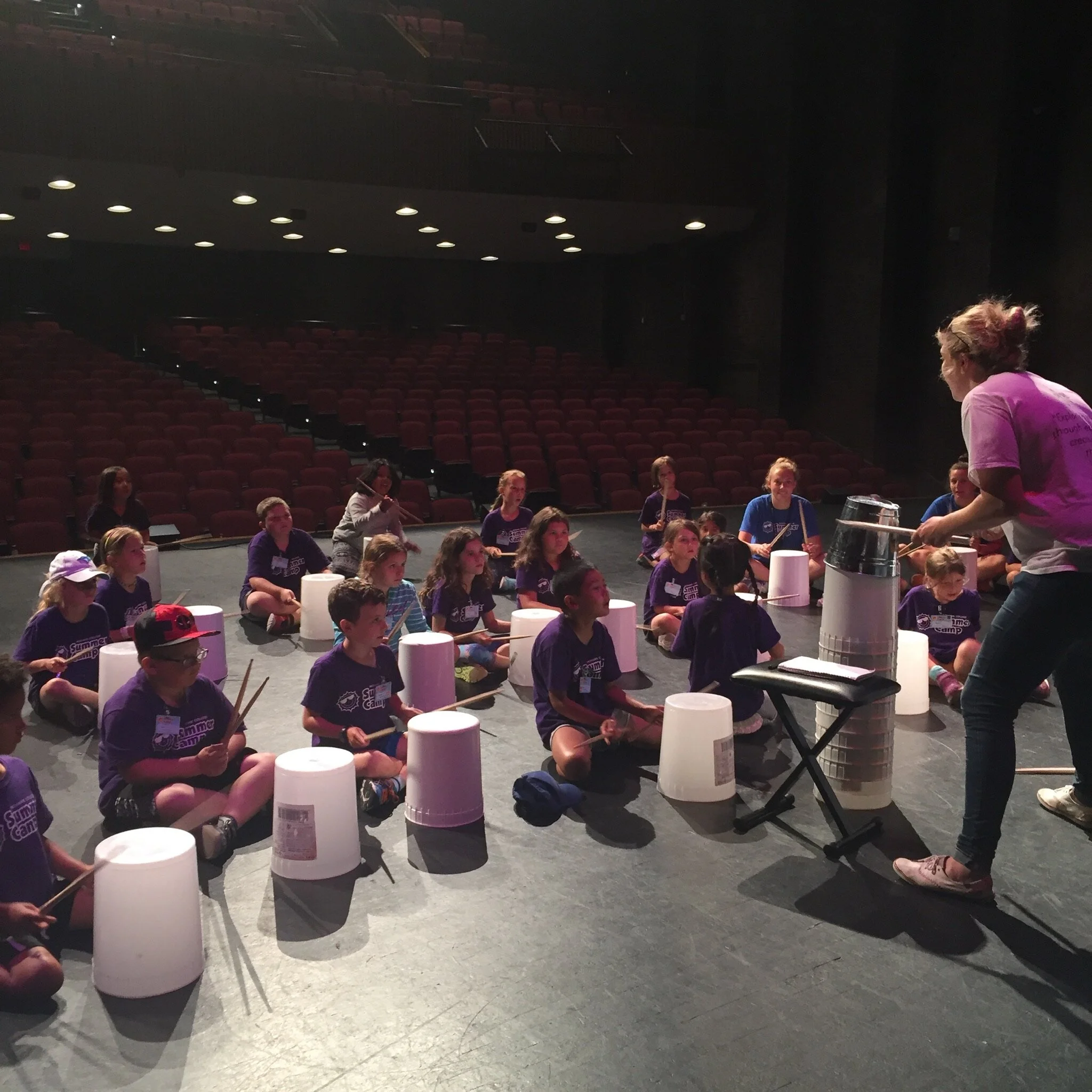If you know me you know that there are two things that I absolutely obsess over; drumming and baseball. I am so excited that baseball is back! I love baseball more than any other sport for a few reasons. Its filled with strategy, intelligence, patterns and a lot rhythm. I think it is no surprise that a drummer would be a big fan. One thing that has always stood out to be about baseball is the routine and internal rhythms that players have when either at bat or on the mound.
If you’ve ever seen a game you will notice that every pitcher has their own ritual that they do before every pitch. Whether its something as weird as Red Sox closer Craig Kimbrel or something as long as Marcus Stroman when he takes the mound, they never vary. They are replicated with robotic like accuracy every time they pitch. Because I am a drummer, I often make verbal beats and melodies that I can say along to a pitchers wind up. Pose, tap shoulder, crouch, stand up, exhale, turn head, throw. It is the same every time and is a huge part of a pitchers game. It sets their internal rhythm and they would not be able to vary from this precisely timed sequence even if they wanted to. It such a big part of the game that first base coaches will relay to base runners the exact amount of time it takes for a pitcher to start their windup to the time they throw the ball to help them steal bases. SO COOL!!!
The same goes for batters who have a set of movements they do before stepping into the batters box. A few favourites of mine are the Juan Soto “fight me” shuffle, the Yasiel Puig bat lick, the Troy Tulowitzki puff and the Asdrubal Cabrera sleeve pinch. No matter how strange, simple or dramatic they are, every batter has one.
It proves that rhythm is a part of who we are, and it is so cool that it has such a crucial part of the game of love.
Hilary







